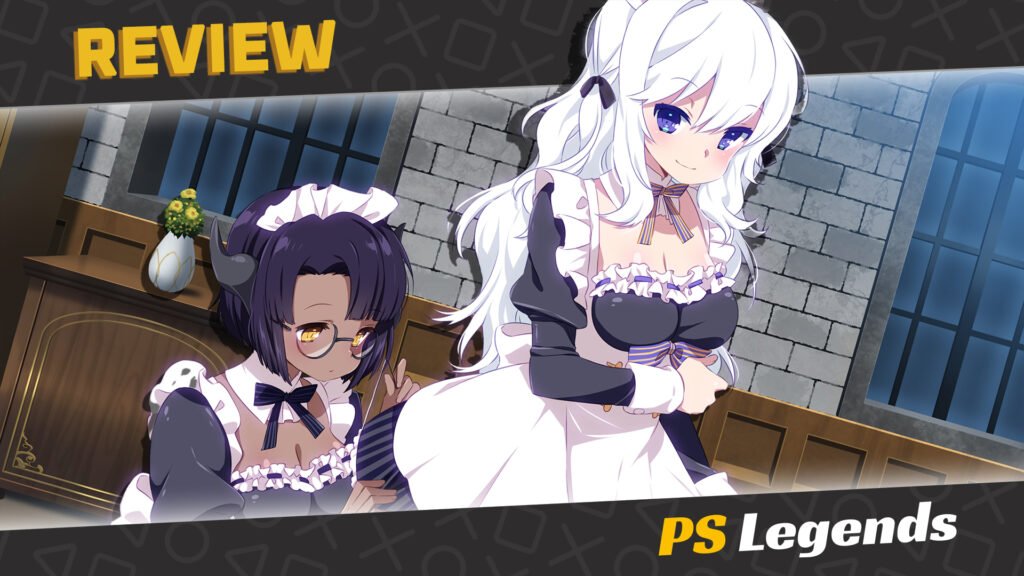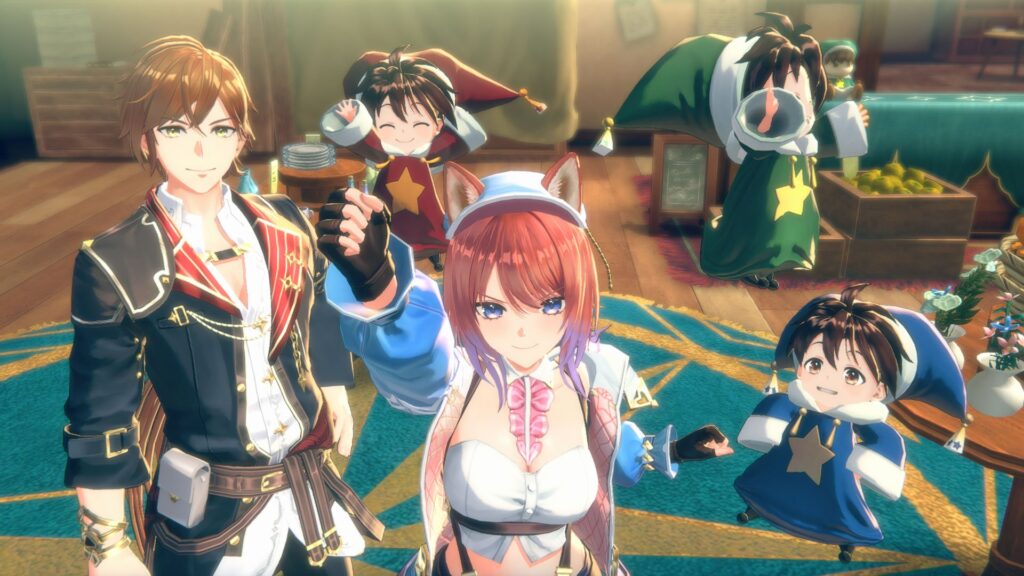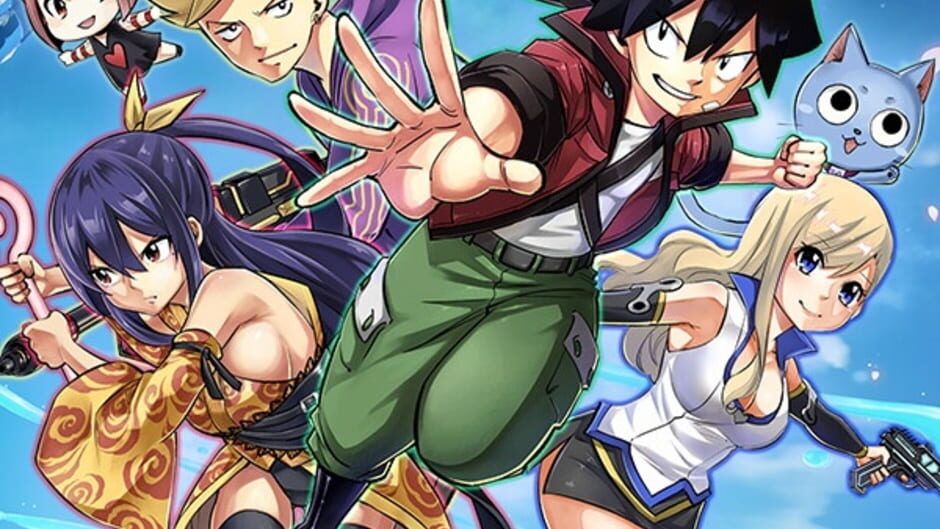It pains me to write this one. It really does. There’s nothing worse (figure of speech) than when a long-running franchise which you’ve invested an immeasurable amount of time and money into falls from grace, picking up enough bad habits and sloppy mistakes to make you question your noble intentions.
A bit of obvious foreshadowing there? Sorry about that. It’s pretty clear how things are going to play out in this review for the latest entry, Neptunia: Sisters Vs Sisters, but I’ll do my best to press on and give it fair coverage.
On This Page
Introduction
Neptunia: Sisters Vs Sisters is the first true Neptunia sequel since Megadimension Neptunia VII back in the PS4’s early years. As such, it has a lot of ground to cover since the Neptunia games have been vastly downgraded to non-canonical spin-offs since then. It’s no longer a series that’s holding its own, needing a long overdue revival that plays to its strengths.
Story
An undisclosed period of time after the last game, Neptune, her ‘CPU’ goddess friends, and their respective sisters receive a distress signal from the mysterious, faraway PC continent, a land we’ve yet to explore in this particular dimension.
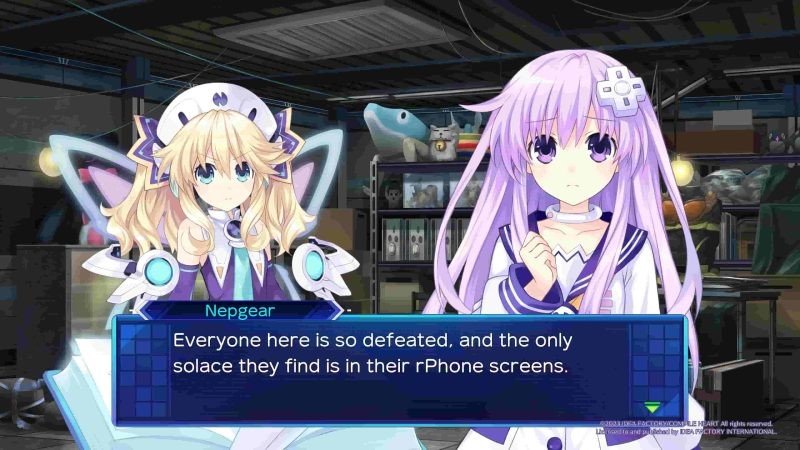
The CPUs travel to the PC continent and find it under siege by long-running series baddie Arfoire. With much of the capital city already destroyed, Neptune battles Arfoire alone while the other CPUs evacuate the refugees.
Back home, Neptune’s sister Nepgear and her fellow CPU candidates stay behind to investigate a newly discovered secret laboratory hidden beneath homeland Planeptune. Inside, the party is trapped in stasis, taking the place of an unknown ‘Ashen CPU’ who wakes during their arrival.
Nepgear wakes up after two years in stasis, only to find Planeptune largely blockaded, destroyed, and plagued by an outbreak of ‘Trendi’ monsters since no CPUs were around to protect the city, with Neptune being missing and presumed dead for the last two years.
Nepgear must rally her old friends, take back Planeptune from the Trendi monsters, find out what really happened to Neptune that day back on the PC Continent, and hopefully remedy the public’s sudden smartphone addiction.
The story continues the dark turn taken by the series, which began in the previous game. While it’s not exactly a welcome darker twist in a usually light-hearted series, it is to be expected when you consider this is supposed to be a moe-anthropomorphised retelling of the console war and Sega’s unfortunate downfall.
Gameplay
You’d think a game with a brand-new combat engine would be more refined at launch, with the game swapping out the solid, turn-based, combo-heavy system from the previous games and going fully real-time action. With only three playable characters now allowed in your battle party, the player will need to manually rotate characters to keep combos flowing once your active character enters the cool-down period at the end of their respective move-set.
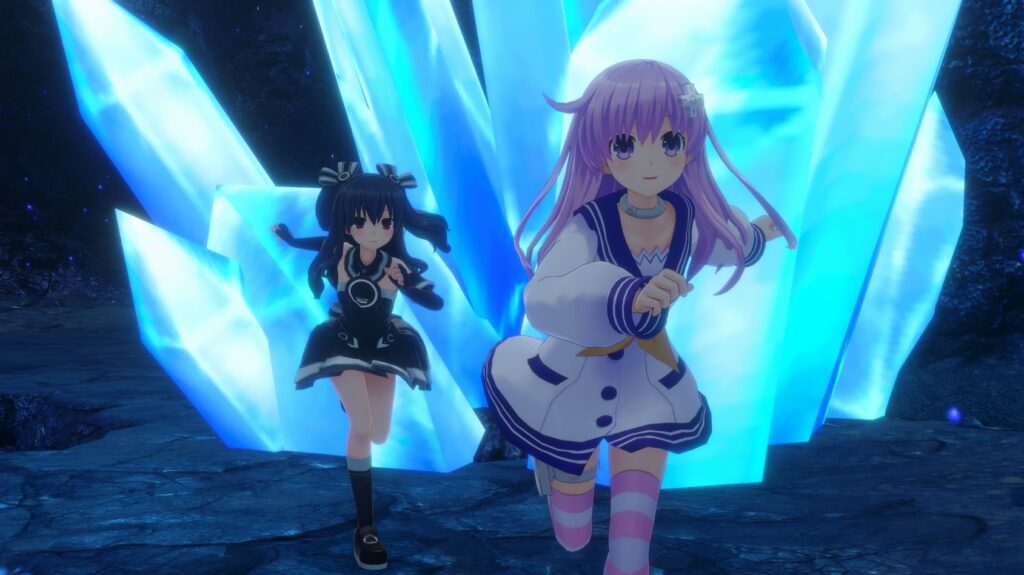
The advantage of this method is that it’s pretty easy to dominate the battlefield by stun-locking your target enemy and then juggling them in the air by repeatedly switching characters when prompted to keep the uninterrupted combo going until the enemy’s life bar is depleted. This technique even makes short work of most bosses, too.
Note that I said ‘most’ bosses since there are a handful of key narrative boss battles that use scripted attacks. They can negate stun locks at set intervals, often bypassing your party’s resistances and positions to deliver cheap, catastrophic damage and one-hit kills.
You can’t even effectively level-grind your way around this since most dungeons feature limited numbers of enemies that take time to respawn, and even then, only a handful of these enemies provide enough experience to make the battle worthy of your time, with the EXP rewards differing greatly from enemy to enemy.
This makes the game painful enough to play already, but when you add a second-long delay in executing attacks after pressing the relevant button, it makes for an experience that’s too sluggish to control and thus enjoy properly.
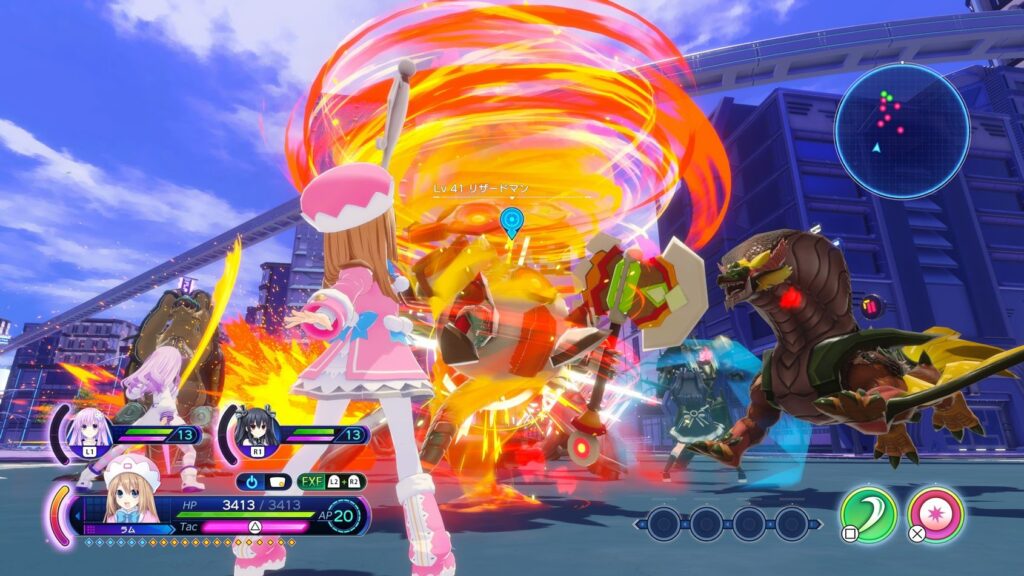
Graphics/Sound
Graphically, the game is a considerable mixed bag of ideas. It actually starts well, with the traditional 2D anime sprite characters engaging in visual novel-style cut scenes. They’ve now been upgraded to include some imposing head and body motions rather than simple mouth movements.
It’s bizarre that a game that looks so great outside of the action looks absolutely terrible when the actual gameplay starts. I wish Nepgear’s ridiculously janky arm-swinging running animation were the worst part. What the hell happened to the frame rate? It genuinely runs at something closer to 6FPS than the expected 60. I frequently blinked to maintain focus and avoid eyestrain, which isn’t easy when the color bloom is also cranked up to maximum.
Even the game’s returning English voice actors have only recorded a handful of lines, with over 85% of the script being unvoiced. The music also continues the series’ trend of recycling old music tracks again and again. This may have worked as an ironic joke about copy-pasting in the early days, but now it’s time to move on. This is getting old.
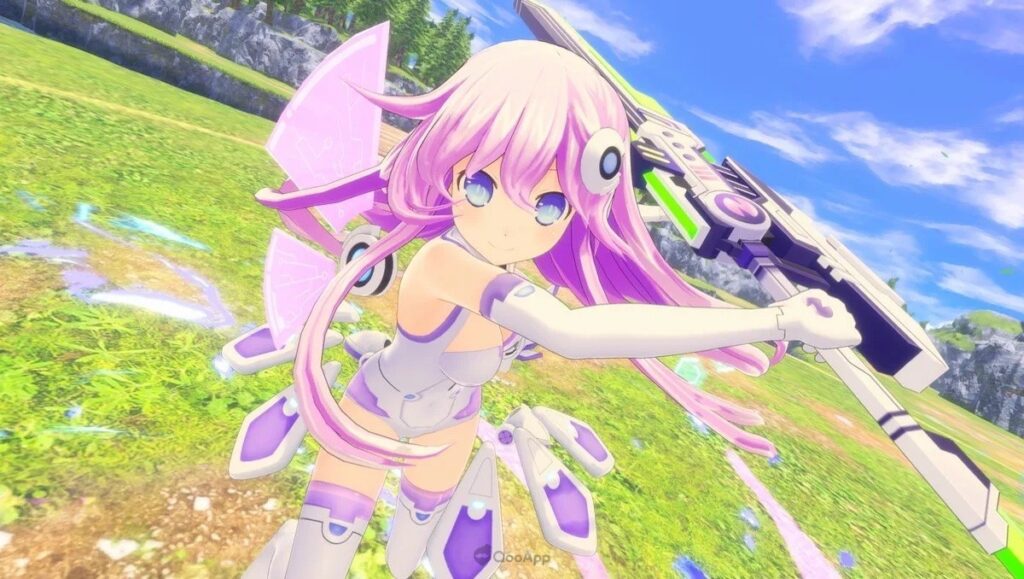
Conclusion
It’s a game that doesn’t feel play-tested or entirely finished and ready for release. It needs to re-enter development to fix its many bugs, performance issues, and significant gameplay shortfalls. I’m sorry to say the game also finds other ways to cut corners at the player’s expense.
Want to play as one of the newer CPUs or one of the many humanoid characters introduced to the series over the years? Well, you can’t. Additional characters that have been included are demoted to NPC status, with most being cut from the game entirely.
Perhaps you’d instead dress up your girls in a variety of sexy costumes to take advantage of that good old-fashioned fan-service? Yep, the costumes got cut too. Despite there being a ‘costume’ section on the equipment screen for both the standard and transformed versions of each character, there aren’t any costumes included in the game to switch to. I know what you’re thinking. Maybe this could be remedied by some DLC. Well, that brings us to yet another problem…
That awesome DLC you usually get in Neptunia games, you know, those sexy costumes and super-powered weapons that make the games a breeze? They’re gone. All canceled. This includes the Digital Special Edition of the game, which was planned to include a season pass. There’s a reason for this: the DLC doesn’t work. You’ll be lucky if the game’s early patches will stabilize the bonus pre-order DLC, if you’re brave enough to attempt the download.
There are too many seriously flawed components here to make the game in any way redeemable, many of which aren’t just a step back but a massive, game-breaking disappointment. When you’ve got a game released well into a long-running franchise with so many technical errors, it becomes pretty clear how little passion went into its creation.
The apparent budget cuts here are as obsessive as they are inexcusable. Not even being able to explore downtown Planeptune is enough to save this one. I respect that times are hard financially these days, but if this is the best that developers Compile Heart and Idea Factory can deliver, it might be time for Neptune to retire once and for all.
Joys
- More Neptunia
- A return to the canon
Cons
- Terrible frame-rate
- Imbalanced gameplay
- A tonne of cut content

